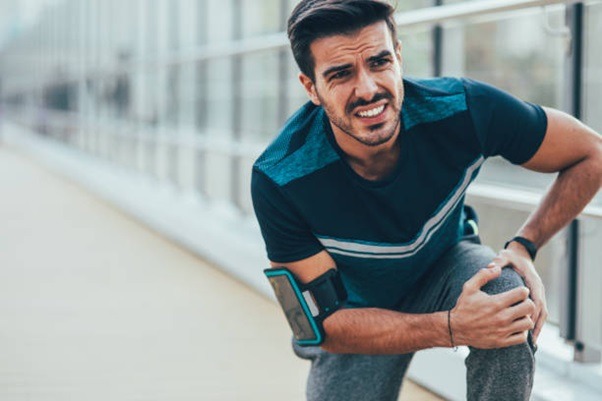The meniscus is an important part of the knee; its injury can affect your daily activities and sports performance. It is found on both the medial and lateral sides of the knee joint. When you twist or pivot, a small piece of cartilage with two fibrocartilage horns called the menisci acts as a shock absorber by preventing excess friction between the femur and tibia bones.
It often becomes inflamed, torn, or fractured after an impact to that area or due to overuse. After a meniscus injury, it’s important to take measures to recover from it quickly and effectively. The article below offers top tips for recovering from a meniscus injury in Singapore.
Get a Diagnosis
Suppose you experience knee pain from activities like running, squatting, or going upstairs or have felt a “popping” sensation after sustaining any impact to your knee. In that case, it’s best to get yourself checked out by a medical professional. Your doctor may prescribe anti-inflammatory medications that temporarily alleviate pain.
Receiving an accurate diagnosis will help you treat your injury correctly and make a full recovery.
Rest, Ice, and Compression
Resting can help the meniscus heal more quickly while ice reduces inflammation. When ice is placed on the injured area of the body, the affected nerves are numbed which helps reduce pain and inflammation. Applying ice on the knee after you sustained an impact can also reduce pain and swelling. When you go to the doctor or visit a physiotherapist, they’re likely to apply compression on your knee with a wrap or bandage.
See a Physiotherapist
A physiotherapist is trained in injury management and can help you speed up your recovery significantly by teaching you exercises that target the quadriceps, gluteals, and hamstrings as well as rehabilitation exercises for your meniscus injury. They’ll also provide you with a list of appropriate stretches to do at home along with tips on how to prevent future injuries from happening again.
Use a TEP and Ring Strap
If you’re not sure if you have a cartilage injury or if it’s more serious, your doctor will probably recommend you to use a TEP (traction exercise plate). This device helps to gently pull the meniscus back into its normal position while applying traction to the affected area.
When you go home, be sure to use your ring strap to prevent over-tension on the knee joint. You should also wear knee-foot elevation boots for comfort during your rehabilitation process. Once your injury has healed, it’s important for you to avoid certain activities that can increase your risk of re-injury.
Try Physical Therapy and Rehabilitation
Physical therapy is the process of exercising an injured area to increase mobility, muscle strength, and flexibility while also reducing pain. Rehabilitation involves strengthening the muscles around the knee joint to ensure that it’s able to support the entire weight of your body. It’s best to do rehabilitation exercises in combination with physical therapy as they complement each other through different approaches.
If you’ve had a meniscus injury or are currently suffering from one, it’s important to follow the treatment plan your doctor recommends and do all the exercises listed in your rehabilitation program. You should also wear knee-foot elevation boots for the time being.

